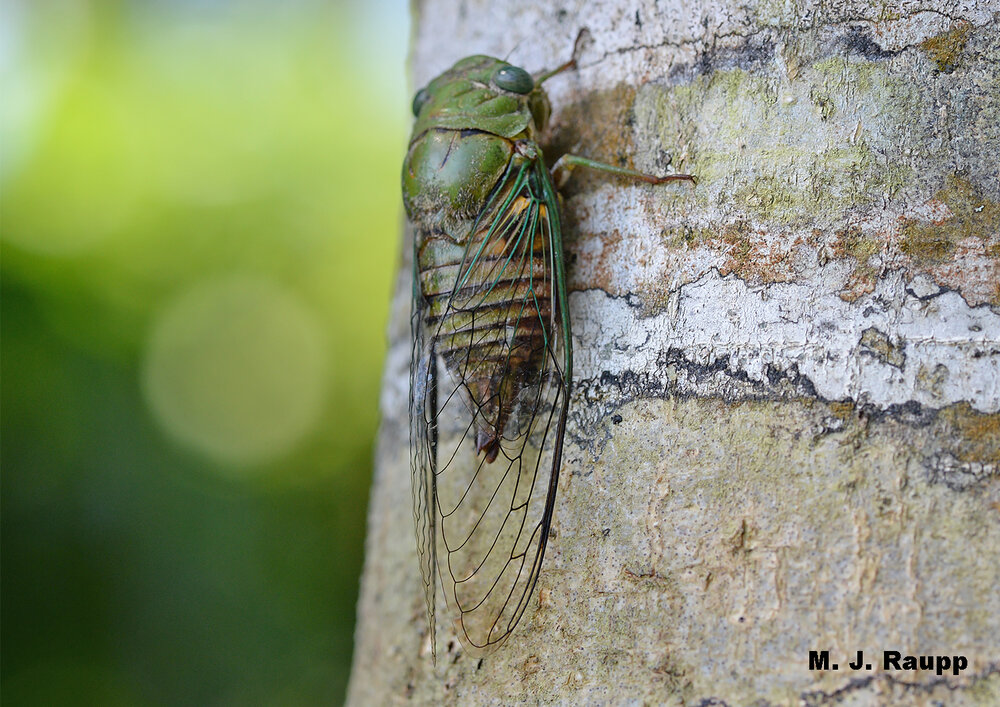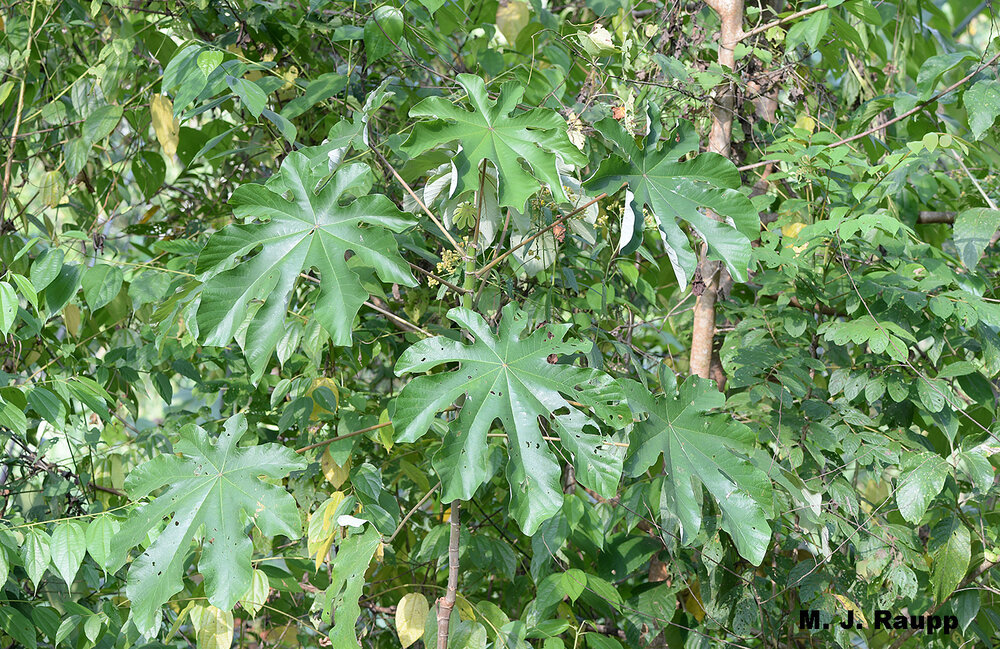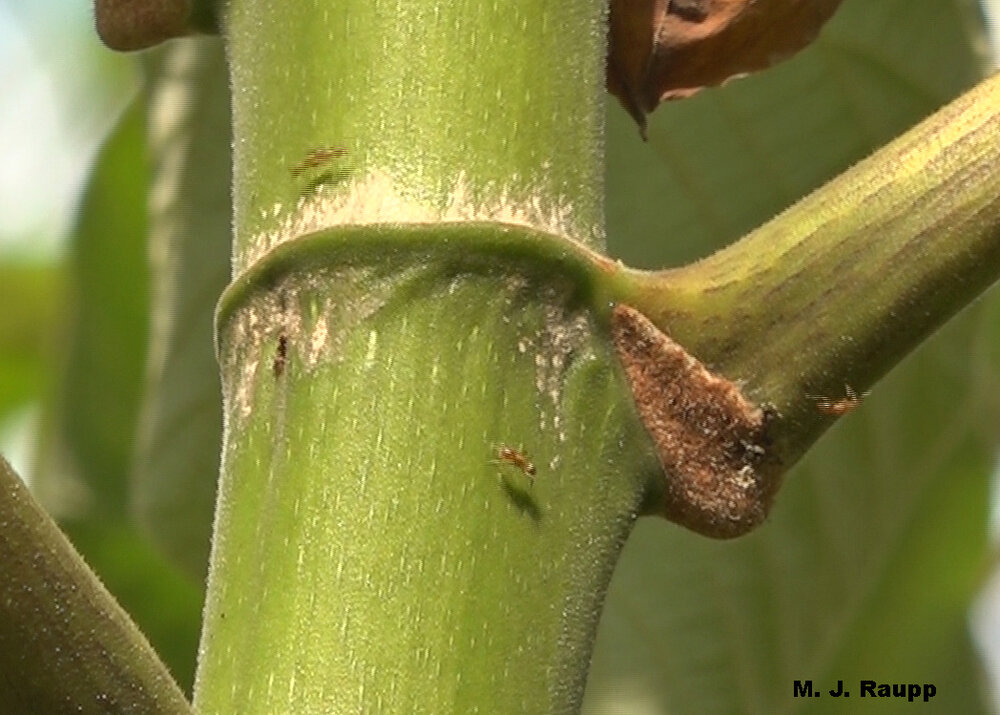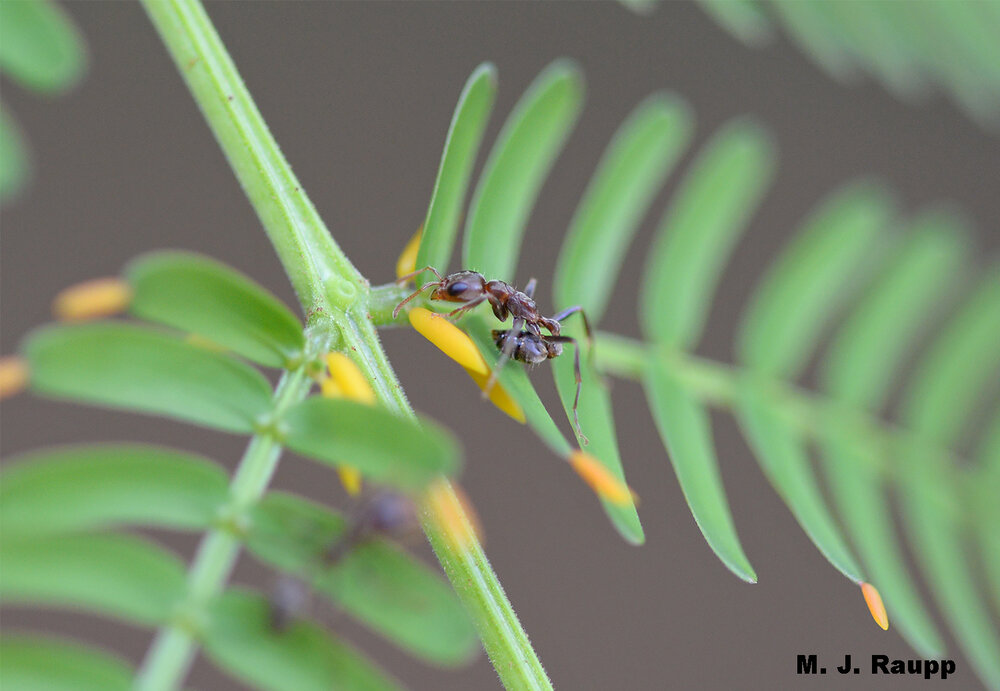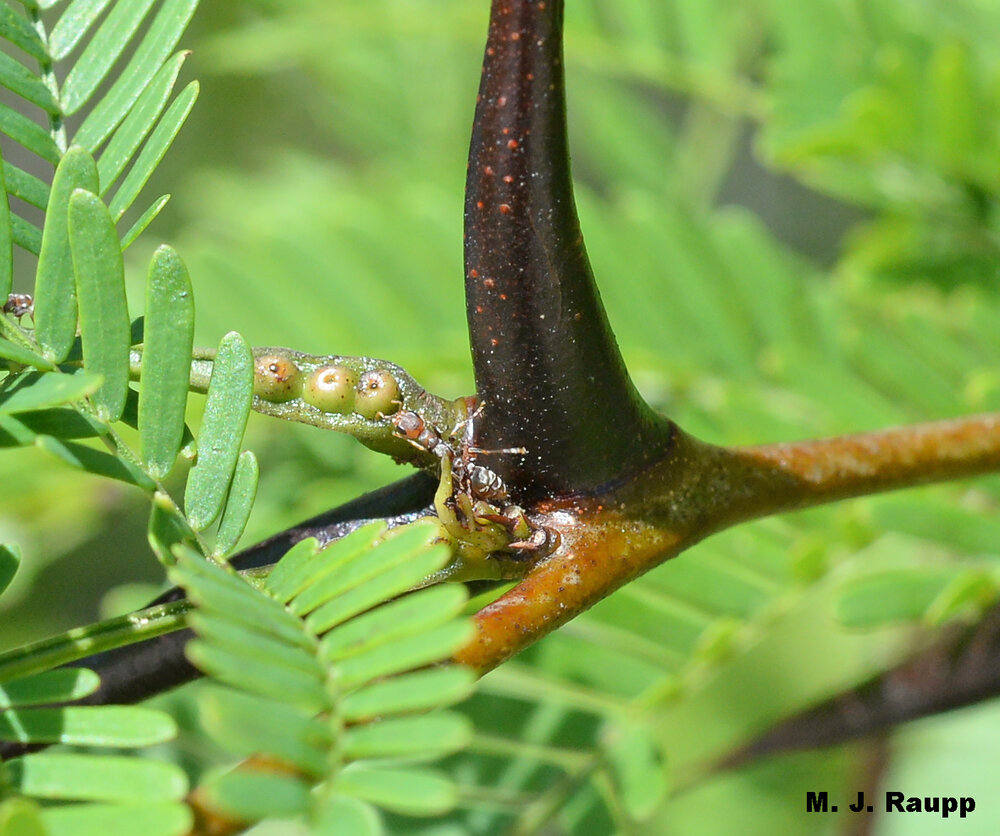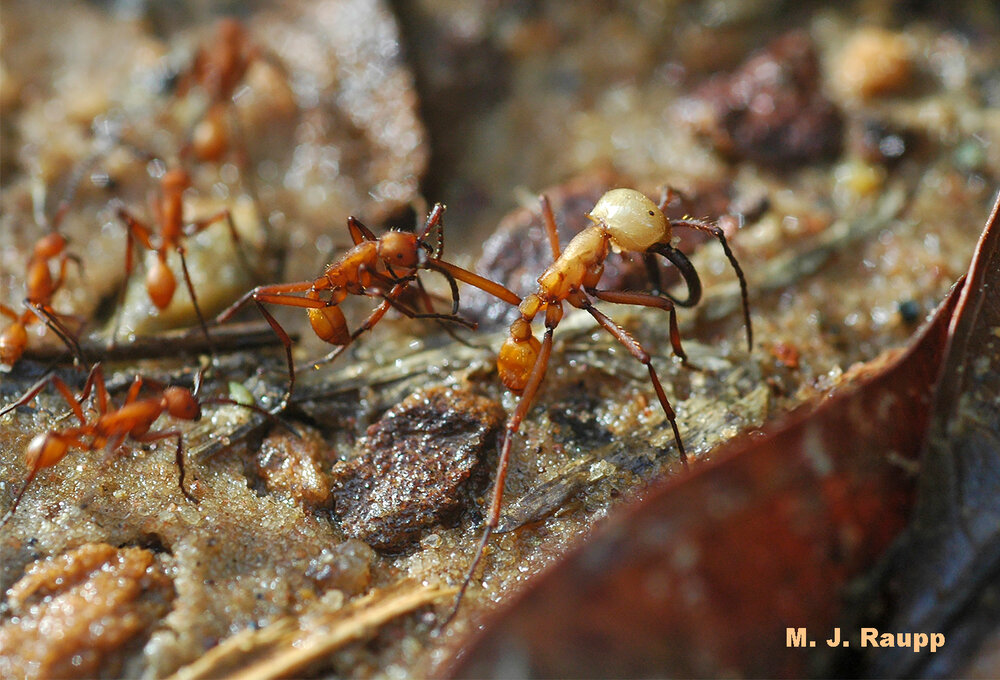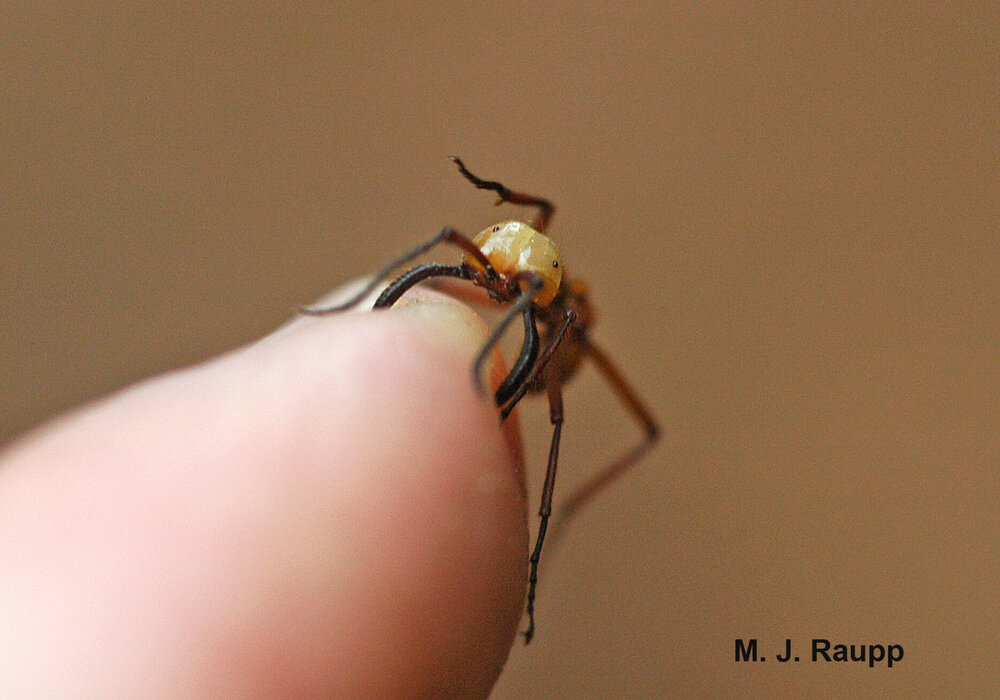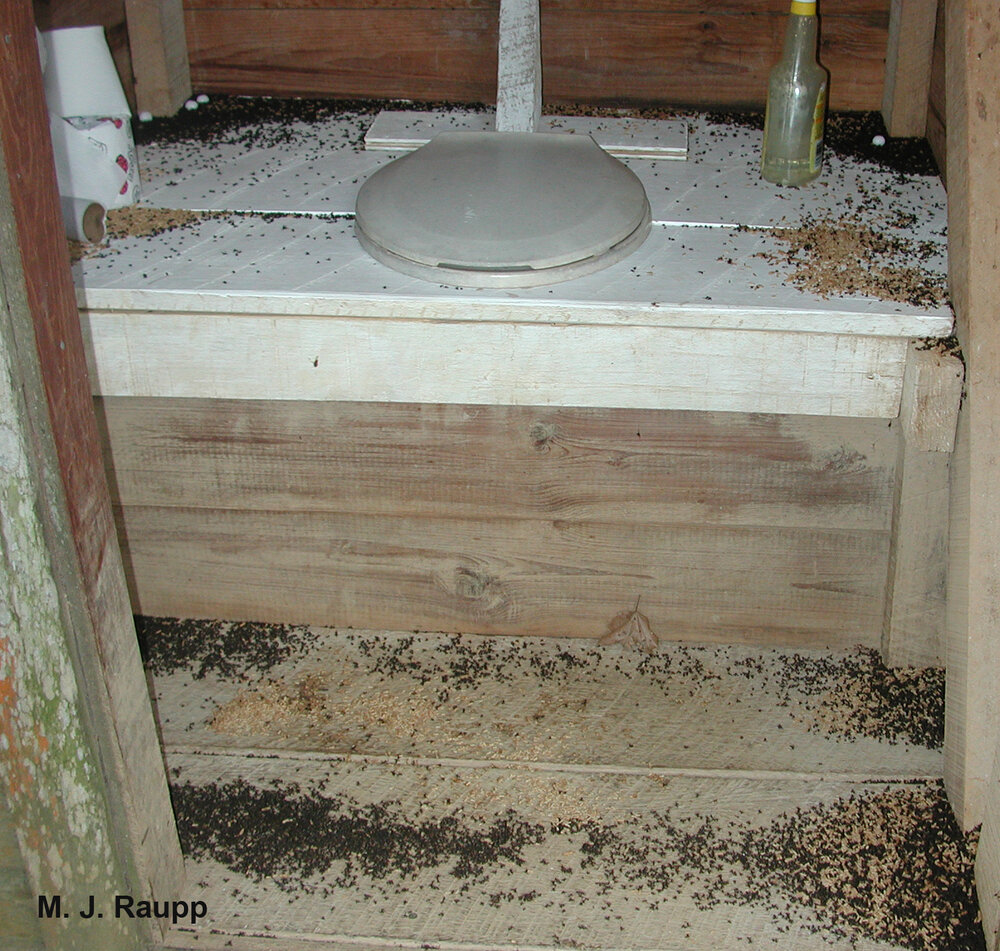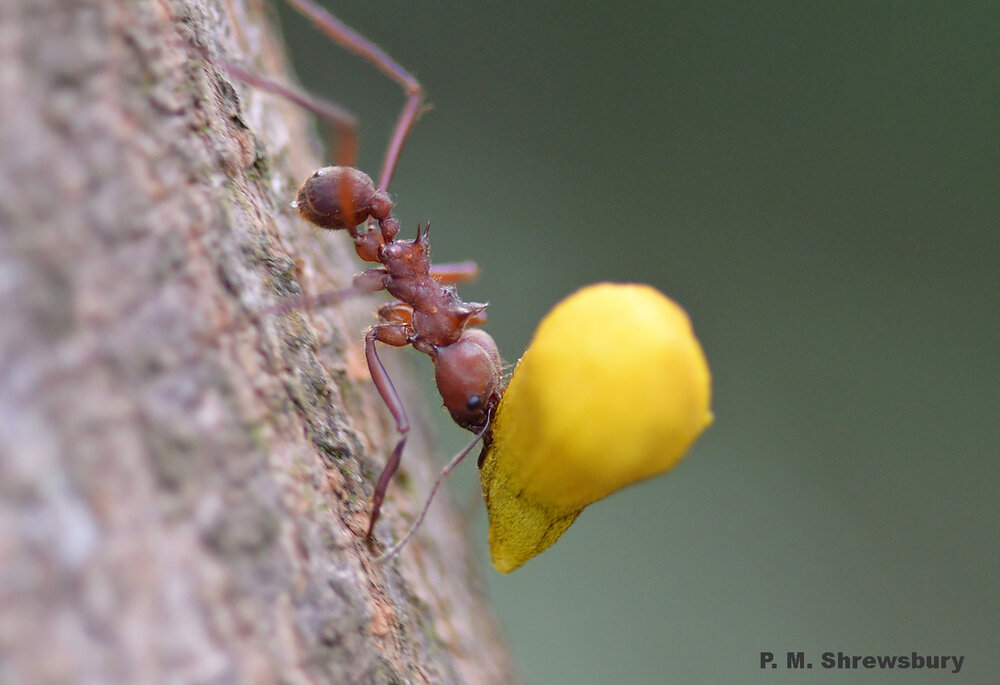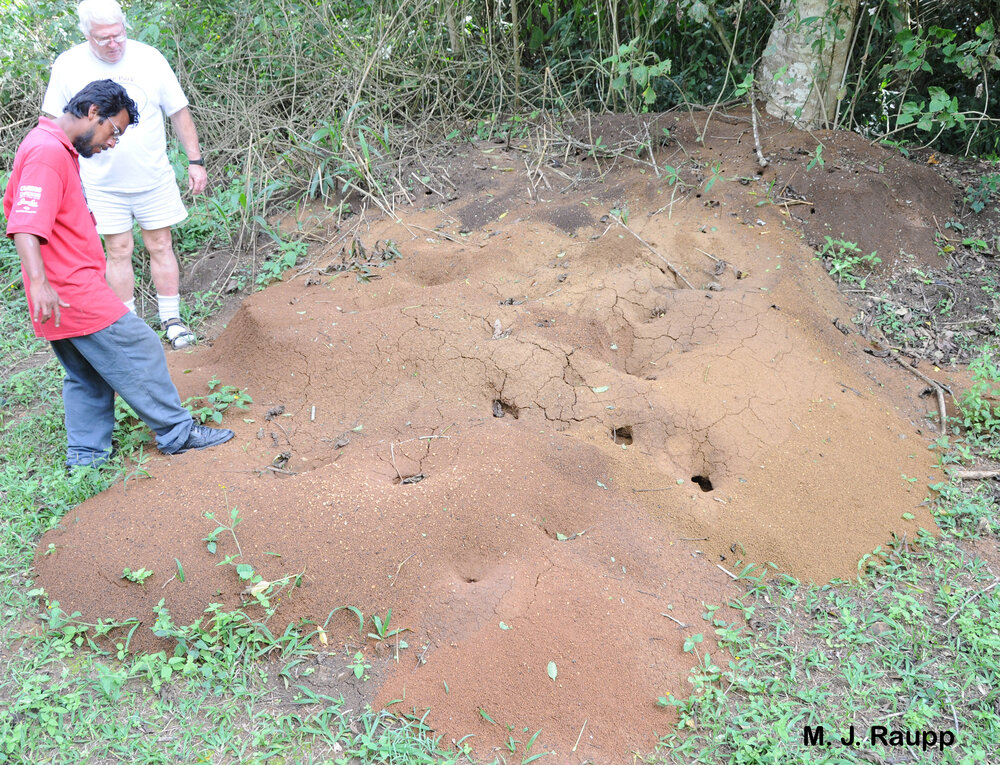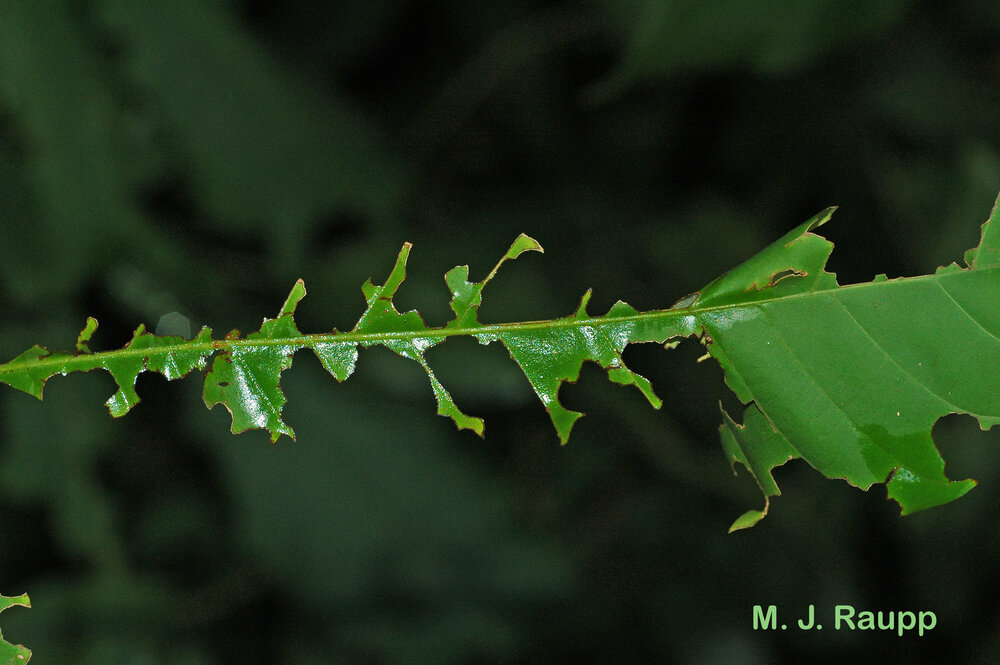Where Do Bugs Go in the Winter?
Learn How 5 Insects Try to Survive the Colder Months Each Year
When the temperature begins to drop and fall changes to winter, bears go into hibernation and birds will fly south.
But what about mosquitoes, ants, cockroaches, and other pests? Is it true that we won’t see any until the temperature picks back up?
While many people assume that pests “die off” for the season, that’s actually a misconception. Many pests devise a strategy to make it through the winter.
Find out where these bugs go in the winter to survive the cold temperatures and what you can do to prevent infestations in your home or business throughout the year, not just the winter.
5 Insects & How They Survive the Winter
Ants
Ants can certainly ruin a picnic during the warmer months, but is there a concern for ants in the winter?
In short, yes.
For much of the country, it is uncommon to see ants march through a kitchen during the coldest winter months. However, that doesn’t mean they’ve sought out a warmer climate.
Ants are one of the most successful pests when it comes to surviving outdoors, including the property that surrounds your home or business.

Throughout the fall months, ants will indulge in a surplus of food with the goal of adding fat to their bodies to survive the winter. Once the temperatures outside drop, their body temperature and productivity decrease significantly.
At this point, ants will return to the colony and prepare to spend time under rocks and in the soil deep beneath the surface.
As winter turns to spring and the temperature rises, ants will emerge from the colony.
At this point, they will have enough energy stored to give them the strength they need to invade your home, business, or outdoor party.
While most of the ant colonies will remain outside during the winter, a satellite colony in your kitchen or bathroom could stay active during the winter.
Cockroaches
Cockroaches have been on our planet since dinosaurs walked the surface. Since cockroaches were able to outlast the demise of the dinosaurs, they are clearly a very resistant pest.
It doesn’t take much for the pest to survive throughout the year. Generally speaking, if a roach has access to a warm, moist environment, it should be able to survive.
So, where do cockroaches go in the winter?
German cockroaches, for example, prefer an indoor habitat with easy access to food and moisture. So, this species will seek refuge in kitchens and bathrooms, especially during colder months.
The American cockroach does prefer to spend its life outside, especially in warmer climates. So, once the cooler temperatures arrive, the pest will move into commercial buildings, restaurants, hotels, homes, and other office spaces seeking warmth and shelter.
Bed Bugs
Bed bugs are almost as resilient as cockroaches when it comes to warm temperatures. But what happens when the air becomes chilly and the temperature drops to 32 degrees Fahrenheit or lower?
The pest can withstand temperatures that go below 0 degrees Fahrenheit, but not if they are exposed to the cold or elements for prolonged periods of time.
Bed bugs can succumb to cold temperatures in just a few days. The bad news for us? These insects are naturally indoor pests and our homes and businesses provide ample space and ideal temperatures for the pest to survive during the winter.
Termites
There are approximately 2,700 species of termites found throughout the world. 45 different species of termites call the U.S. their home.
Each species is unique, especially when it comes to surviving extreme temperatures.
Subterranean termites will dig beneath the ground’s surface and into the soil to keep warm. To maintain their warmth, this species of termite lives far enough below the frost line, so they aren’t endangered.
Conversely, drywood termites will search for shelter in dry wood.
Once the temperatures reach upwards for 70 degrees Fahrenheit, the younger termite swarmers will emerge from their nests to find a mate and a location to build a new nest.
Areas with relatively warm temperatures throughout the year are more likely to see termite activity regardless of season.
Mosquitoes
Spotting a mosquito at your pool party or barbeque can put a damper on the event, especially when they make a snack out of you or your guests.
What might surprise you is that spotting a mosquito in the winter is more common than you realize.
To avoid the frigid temperatures, mosquitoes will survive winter in hollow logs.
Once the weather improves, female mosquitoes will wake from their slumber and search for a blood source. This process will help her to develop eggs.
So, if you were to disturb the log, you could come face-to-face with a mosquito now in search of its next meal.
Year-Round Property Protection
With this information, it’s easy to see that protecting your home or business is imperative.
An infestation can happen quicker than you realize once a cockroach, ant, bed bug or other insect decide to live in your home or office.
Catseye Pest Control has been protecting homes and businesses for over 30 years. We put this experience to work for you with customized plans created to suit the unique challenge your property is facing.
We focus our pest control solutions on long-lasting results, not quick fixes. Our signature programs, Platinum Home Protection and Cat-Guard Exclusion Systems have been perfected to keep pests and wildlife outside throughout the year, permanently.
Your property is one of the most important investments you will make during your lifetime. Keep it protected from unwanted pests and nuisance wildlife.
Don’t wait until you see evidence of an infestation. Contact us today for a free inspection.
This article appeared first on Catseye Pest
